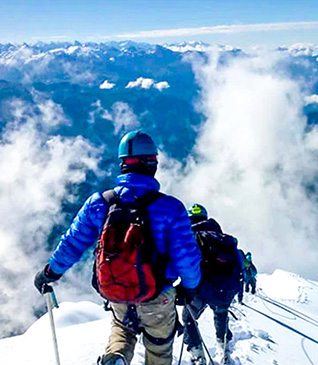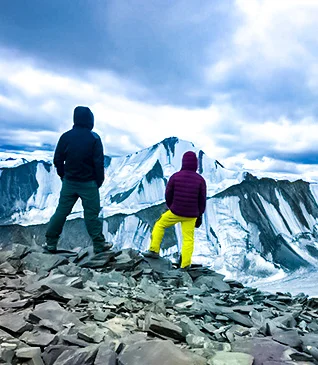High-altitude Himalayan treks provide a remarkable experience which is unlike many but along with the thrill and beauty comes a unique set of challenges. Due to the reduced atmospheric pressure, lower oxygen levels and demanding terrains, there are several challenges that you may face in a high-altitude trek and dehydration being one of them.
Staying hydrated is a significant concern during high-altitude treks. Many trekkers underestimate the impact of high altitudes on their body's hydration needs, which can lead to various health issues.
How High Altitude Can Lead To Dehydration?
➤ Increased Water Loss: The air is drier at higher altitudes, and the body tends to lose more water through respiration and perspiration. Trekkers may not realize they are sweating due to the cooler temperatures, leading to increased dehydration.
➤ Altitude-Induced Diuresis: At high altitudes, the body's production of urine may increase, known as altitude-induced diuresis. This phenomenon can further contribute to fluid loss and dehydration.
➤ Reduced Thirst Sensation: Some trekkers may experience reduced thirst sensation at high altitudes, leading to inadequate water intake even when the body requires more fluids.
The Effects Of Dehydration On The Body During A High-Altitude Trek
.webp)
Dehydration during a high-altitude trek can have significant effects on the body, exacerbating the challenges already posed by reduced oxygen levels and cold weather. Here are some of the effects of dehydration on the body during a high-altitude trek:
➤ Reduced Physical Performance: Dehydration impairs physical performance and endurance. As the body loses water, it becomes more difficult for the heart to pump blood efficiently, leading to reduced oxygen delivery to muscles. This can result in fatigue, weakness, and diminished trekking capacity, making it challenging to cover long distances or ascend steep terrains.
➤ Increased Risk of Altitude Sickness: Dehydration can exacerbate the risk of altitude-related illnesses, such as Acute Mountain Sickness (AMS), High-Altitude Pulmonary Edema (HAPE), and High-Altitude Cerebral Edema (HACE). When dehydrated, the body struggles to acclimatize effectively to the high-altitude environment, increasing the likelihood of these potentially life-threatening conditions.
➤ Headaches and Dizziness: Dehydration can cause headaches and dizziness, which are already common symptoms of altitude sickness. When dehydrated, the brain's tissue volume decreases, leading to mild brain shrinkage, which can manifest as headaches and a sense of lightheadedness.
➤ Impaired Cognitive Function: Dehydration affects cognitive function, including memory, attention, and decision-making abilities. This can lead to poor judgment and slower reaction times, compromising the trekkers' ability to navigate challenging terrains safely.
➤ Increased Risk of Frostbite: In cold, high-altitude environments, dehydration can elevate the risk of frostbite. When dehydrated, the body reduces blood flow to the extremities to conserve water, making fingers, toes, and other exposed body parts more susceptible to frostbite.
➤ Muscle Cramps: Dehydration can trigger muscle cramps and spasms. As the body's electrolyte balance is disturbed, especially with sodium and potassium levels, muscles become more prone to involuntary contractions.
➤ Dry and Irritated Skin: The dry air at high altitudes can cause the skin to lose moisture rapidly, leading to dryness, itchiness, and irritation. Dehydrated skin is also more susceptible to cracks and chapping.
➤ Digestive Problems: Dehydration can lead to digestive issues, such as constipation and upset stomach. Proper hydration is essential for maintaining healthy gastrointestinal function.
➤ Weakened Immune System: Dehydration weakens the immune system, making trekkers more susceptible to illnesses. This is particularly concerning during high-altitude treks, where access to medical facilities may be limited.
Hydration Strategies

➤ Pre Trek Hydration
Pre-trek hydration is crucial for ensuring that your body is adequately prepared to face the challenges of a high-altitude trek.
→ It ensures that your muscles, organs, and cardiovascular system are functioning at their best, enabling you to tackle the physical demands of trekking more efficiently.
→ Adequate hydration aids in the acclimatization process.
→ Being properly hydrated before the trek helps maintain your energy levels.
→ Pre-trek hydration helps compensate for the increased water loss in high-altitude conditions.
→ Pre-hydration lowers the risk of becoming dehydrated during the trek.
How to properly hydrate before the trek
→ Begin hydrating a couple of days before the trek. This will give your body ample time to balance fluid levels and ensure that you're starting the trek in a well-hydrated state
→ Aim to drink at least 2 to 3 litres of water each day leading up to the trek.
→ Both caffeine and alcohol act as diuretics, which can lead to increased fluid loss. Limit their consumption before the trek.
→ Consume foods with high water content, such as fruits (watermelon, oranges, etc.) and vegetables (cucumbers, lettuce, etc.).
→ Ensure a proper balance of electrolytes in your diet by incorporating foods rich in potassium, magnesium, and sodium.
→ If you engage in physical activity or exercise leading up to the trek, rehydrate adequately afterwards to replenish fluid losses.
➤ Hydration During The Trek
Regular hydration during the trek is essential to maintain your body's performance, prevent dehydration, and mitigate the effects of high altitude.
→ Staying hydrated helps maintain your energy levels during the trek.
→ Proper hydration supports the acclimatization process.
→ Hydration is vital for cognitive performance.
→ Hydration plays a crucial role in regulating your body temperature.
→ Regularly drinking water ensures that you do not become dehydrated, which can lead to various health issues and discomfort.
Tips To Stay Hydrated During The Trek
→ Begin hydrating as soon as you wake up in the morning.
→ Take short rest breaks every 1 to 1.5 hours of trekking, and use these opportunities to drink water. Avoid waiting until you feel thirsty to drink water.
→ Along with water, consume electrolyte-rich drinks or oral rehydration salts to replenish minerals lost through sweating.
→ After strenuous descents, hydrate well to compensate for the additional strain on your muscles and joints.
Tips On Selecting Suitable Drinks And What To Avoid

When selecting suitable drinks for a high-altitude trek, it's essential to prioritize hydration and choose beverages that will support your body's needs during the challenging journey.
➤ Water should be your primary beverage during the trek. It is the most effective and natural way to stay hydrated.
➤ Along with water, consider carrying electrolyte drinks or oral rehydration salts. These beverages help replenish essential minerals like sodium, potassium, and magnesium that are lost through sweating.
➤ Natural fruit juices, without added sugar, can be a refreshing option to stay hydrated and provide some vitamins and nutrients.
➤ Non-caffeinated herbal teas can be a comforting and hydrating choice, especially in cold weather.
➤ Some fruits, such as watermelon, cucumber, and oranges, have high water content and can contribute to your hydration.
What To Avoid

➤ Caffeine is a diuretic, which means it can increase urine production and contribute to dehydration. Avoid drinks like coffee, black tea, and energy drinks during the trek.
➤ Alcohol can dehydrate the body, impair judgment, and increase the risk of altitude sickness. It's best to avoid alcoholic beverages entirely during the trek.
➤ If you choose to buy pre-packaged drinks, read the labels carefully to avoid those with added sugars, artificial sweeteners, or caffeine.
Recognizing Signs Of Dehydration At High Altitude

Recognizing the signs and symptoms of dehydration is crucial, as it can impact your trekking experience and overall well-being. Here are some common signs and symptoms of dehydration during a high-altitude trek:
➤ Dry mouth & throat.
➤ Increased thirst.
➤ Dark-colored urine.
➤ Decreased urination.
➤ Fatigue & Weakness.
➤ Dizziness & lightheadedness.
➤ Headaches.
➤ Nausea & Vomiting.
➤ Muscle Cramps.
➤ Dry Skin & Lips.
➤ Sunken eyes.
➤ Confusion and irritability.
➤ Rapid heartbeat.
If you experience any of these signs and symptoms during a high-altitude trek, it's essential to take immediate action to rehydrate. Stop and rest in the shade, drink water or electrolyte-rich fluids, and allow your body to recover. Ignoring dehydration can lead to more severe complications, such as heat exhaustion or altitude sickness.
As you embark on a high-altitude trek, remember that hydration should be at the forefront of your preparations. Prioritizing hydration is not just a matter of comfort; it is a fundamental aspect of ensuring your safety, well-being, and overall enjoyment during the journey. By making a conscious effort to drink plenty of water and other suitable fluids before, during, and after the trek, you can mitigate the risks associated with dehydration and ensure a successful and memorable adventure. Carry a reusable water bottle, monitor the colour of your urine, and take regular breaks to rehydrate along the trail. Be mindful of your body's signals, and drink water even if you don't feel particularly thirsty. So always remember to drink your water and keep your bottles filled, it is a significant step towards a safe, rewarding, and fulfilling experience in the high-altitude realms.
Happy Trekking!
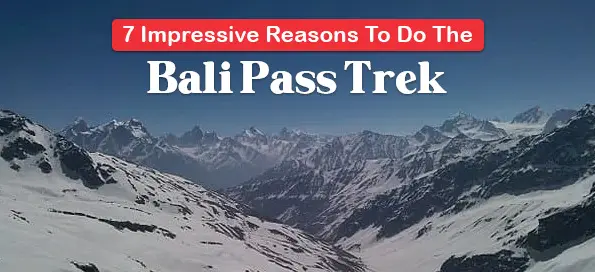
7 Impressive Reasons To Do The Bali Pass Trek

CHAR DHAM YATRA PACKAGE
.webp)
Buran Ghati and Rupin Pass Two Mesmerizing Treks in Himachal
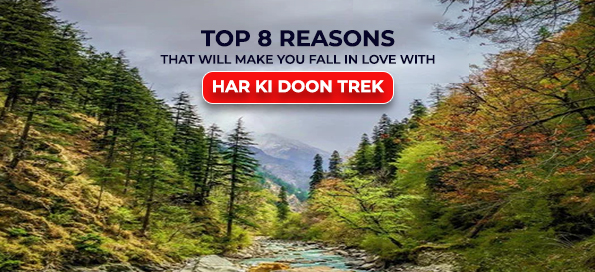
Top 8 Reasons That Will Make You Fall in Love with Har Ki Doon Trek
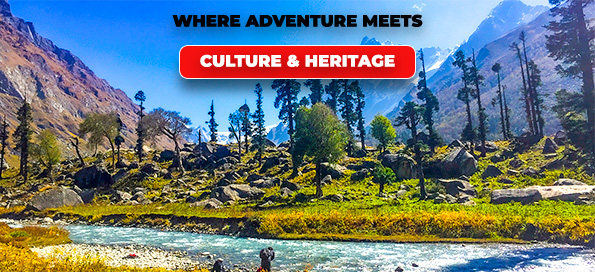
Where Adventure Meets Culture & Heritage
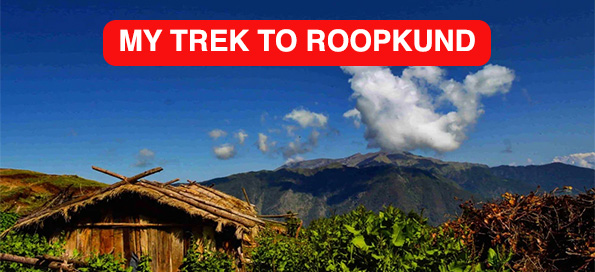
MY TREK TO ROOPKUND
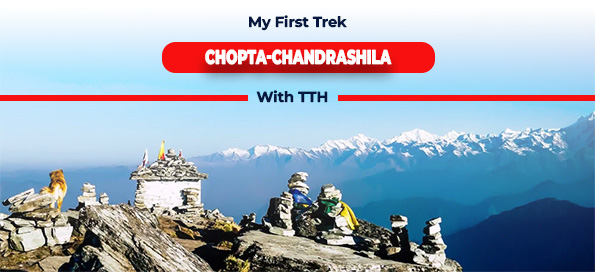
My First Trek Chopta-Chandrashila with TTH
.jpg)
A Tale of Har Ki Doon Trek
.jpg)
Bramhatal Trek
.jpg)
How to measure Chadar trek (and perhaps some bit of life)?
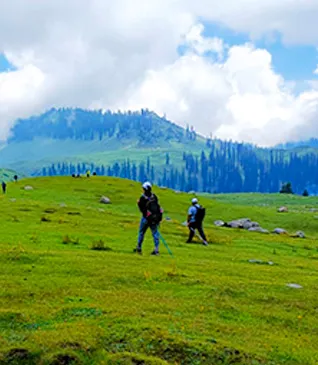
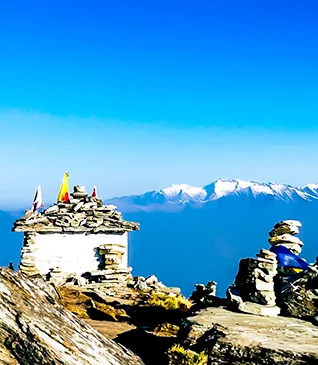
.webp)
.webp)
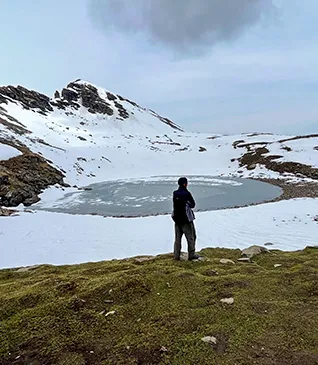
.webp)
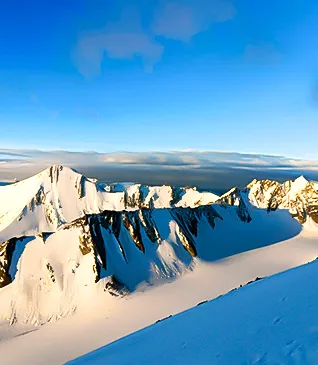
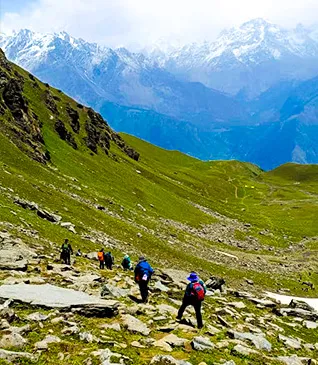
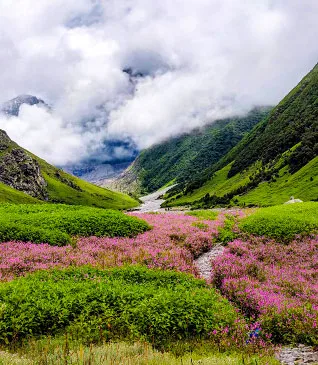
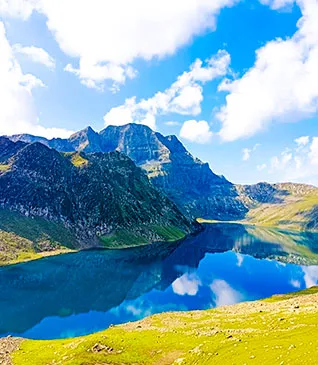
.webp)
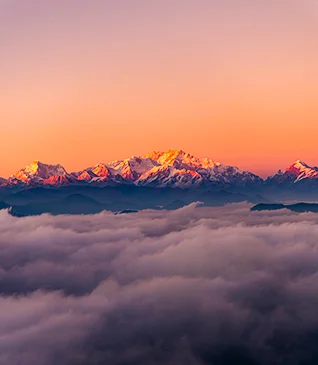
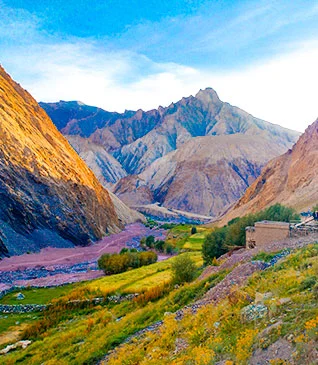
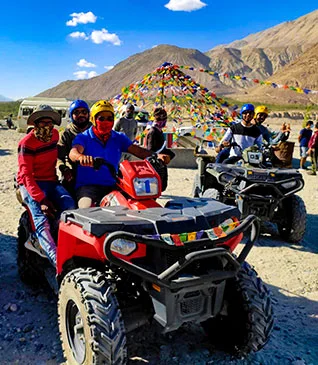
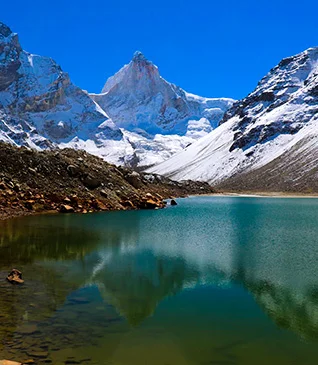
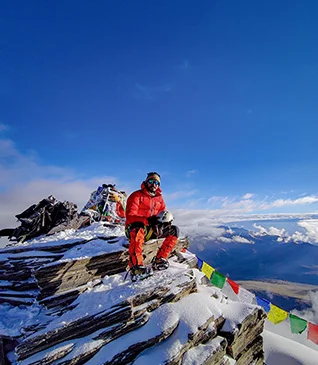
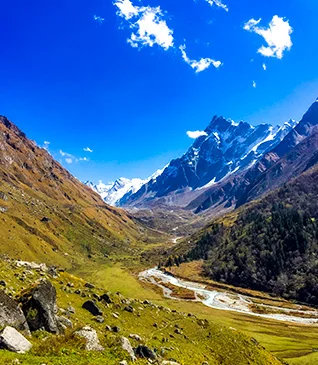
.webp)
.webp)
